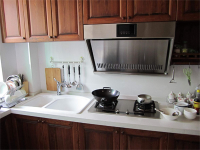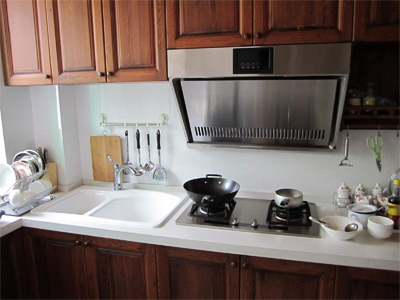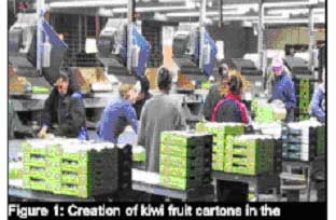
RFID technology will easily complete gourmet cooking
[ad_1]
In the era of artificial intelligence, smart, connected, and programmable cooking equipment will soon be available, using the digitization of electrical appliances to provide consumers with convenient cooking advantages. The application of RF wireless radio frequency in the cooking field means that the spring of “foodie” has come. RFID radio frequency is a very mature wireless communication technology with close range, low complexity, low power consumption, low data transmission rate and low cost. The advantage of this technology is that some products do not need to be re-wired, using point-to-point radio frequency technology for wireless transmission. RFID technology will easily complete gourmet cooking.
The heat source of RFID radio frequency during cooking comes from the resistance element
RFID radio frequency technology is used in cooking equipment, and their common point is that they provide at least one kind of heat (energy) to complete their basic task: cooking. In almost every cooking appliance, the heat source is some form of resistive element. The resistance element can rise to temperature very quickly, but the ambient temperature must be gradually increased over time to be consistent with the target temperature required in the recipe. Once the temperature of the environment rises, the food must undergo energy transfer from the surrounding environment to increase its temperature. The time required to heat the cavity volume to the starting temperature of the recipe has an impact on the time required for the entire cooking, and this process is usually a waste of energy.
Just as the resistance element takes time to increase the ambient temperature, it also takes a long time to lower the ambient temperature, and it also depends on the manual operation of the person who monitors the cooking process. This makes the final cooking effect a very subjective result. The performance of resistive elements will also decrease over time, causing them to become less efficient and lower the overall output temperature. The increase in cooking time for a given recipe and the attention required to ensure reasonable results can put pressure and burden on cooks or chefs.

On the other hand, solid-state radio frequency cooking solutions can start heating food immediately because radio frequency energy can penetrate the material and spread heat through the dipole effect, without first heating the environment around the food. Therefore, there is no need to wait for the ambient cavity to be heated to a suitable temperature before cooking, which can significantly reduce the cooking time. And when the cooking process uses a digital closed-loop control circuit to implement cooking, the radio frequency energy can be accurately increased or decreased as needed, and it has an immediate impact on the food, which results in people having the ability to accurately control the final cooking effect.
RFID wireless radio frequency LDMOS solid-state power tube in the cooking and heating process
LDMOS solid-state power tube is used for heating efficiency, the maximum available power of speed, and high RFID gain efficiency is one of the characteristics of RFID components that meet the needs of cooking equipment.
In addition, solid-state devices are inherently reliable because there are no moving parts or components that degrade in performance over time. Solid-state radio frequency power transistors are made of silicon laterally diffused metal oxide semiconductors, which can have a service life of 20 years without degrading performance or functionality.
RFID components are designed for consumer and commercial cooking equipment, greatly improving the application of cooking appliances to provide specific optimal performance and functions.
[ad_2]




